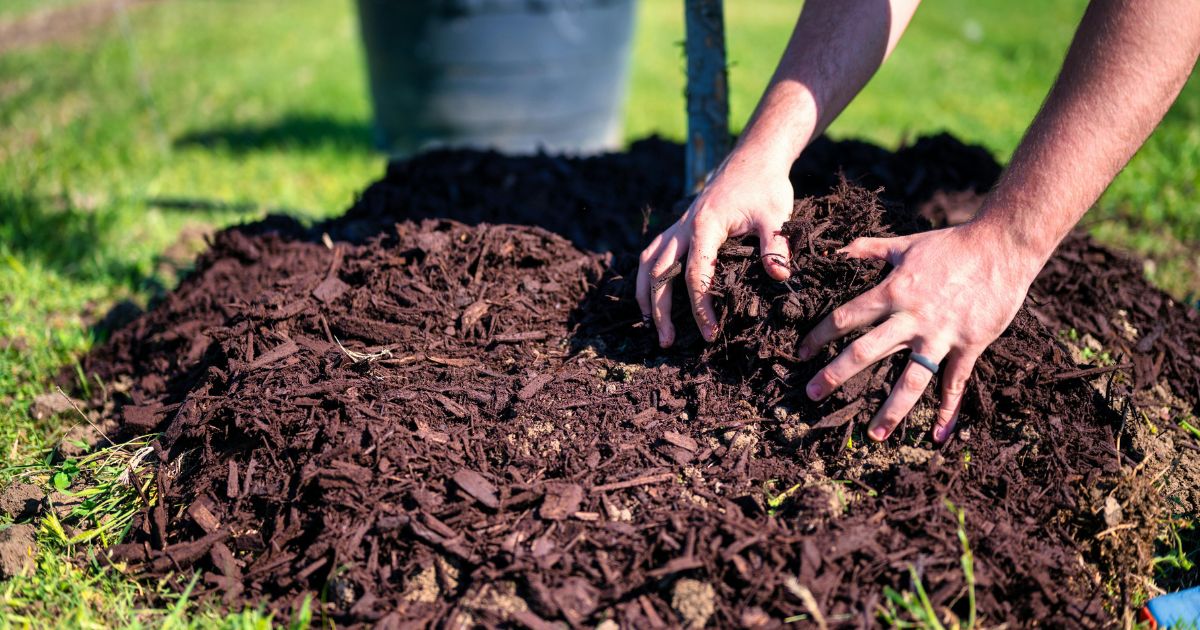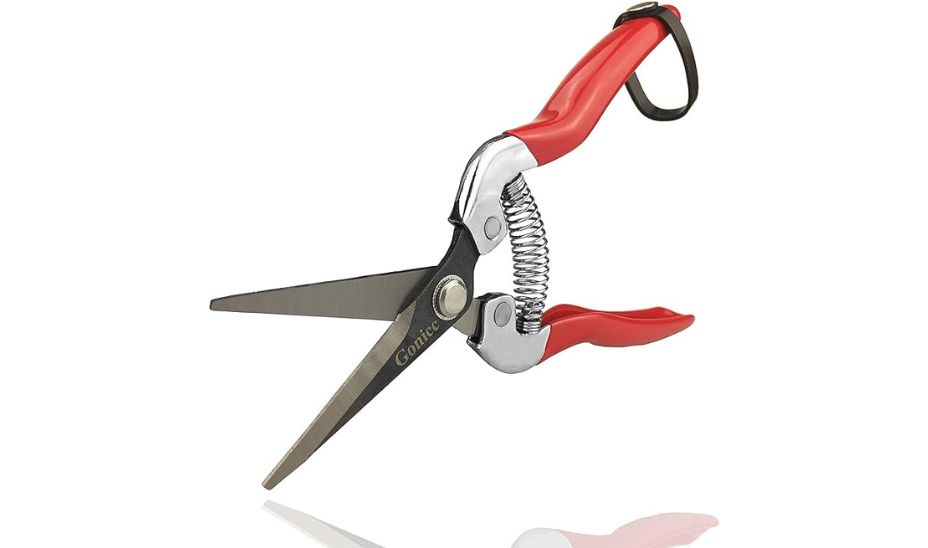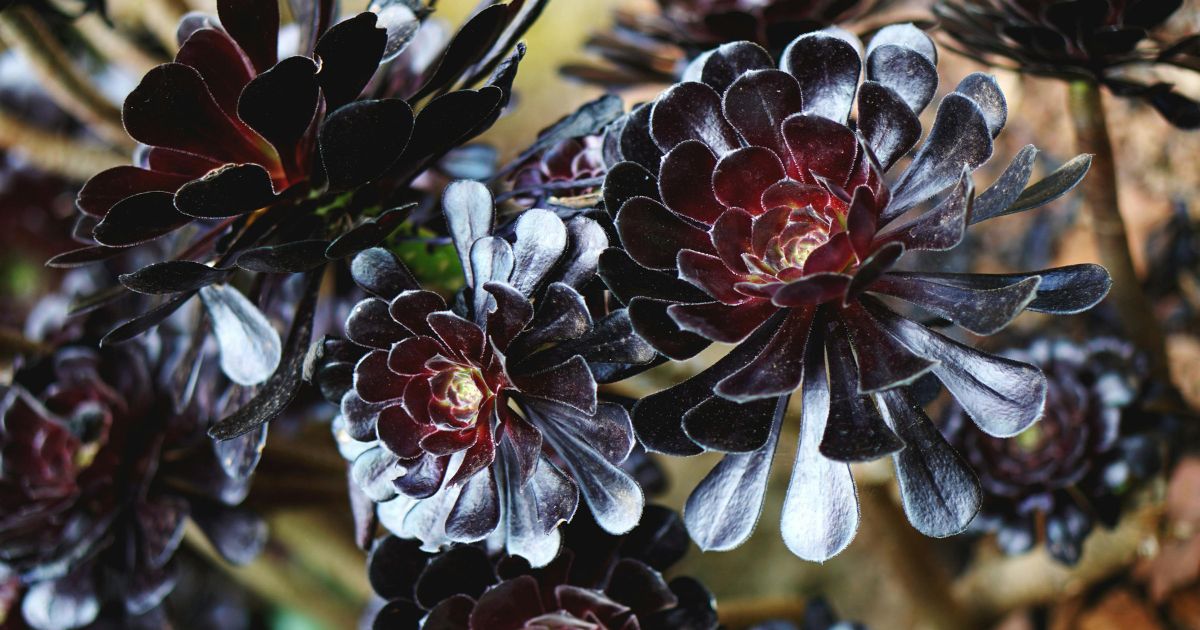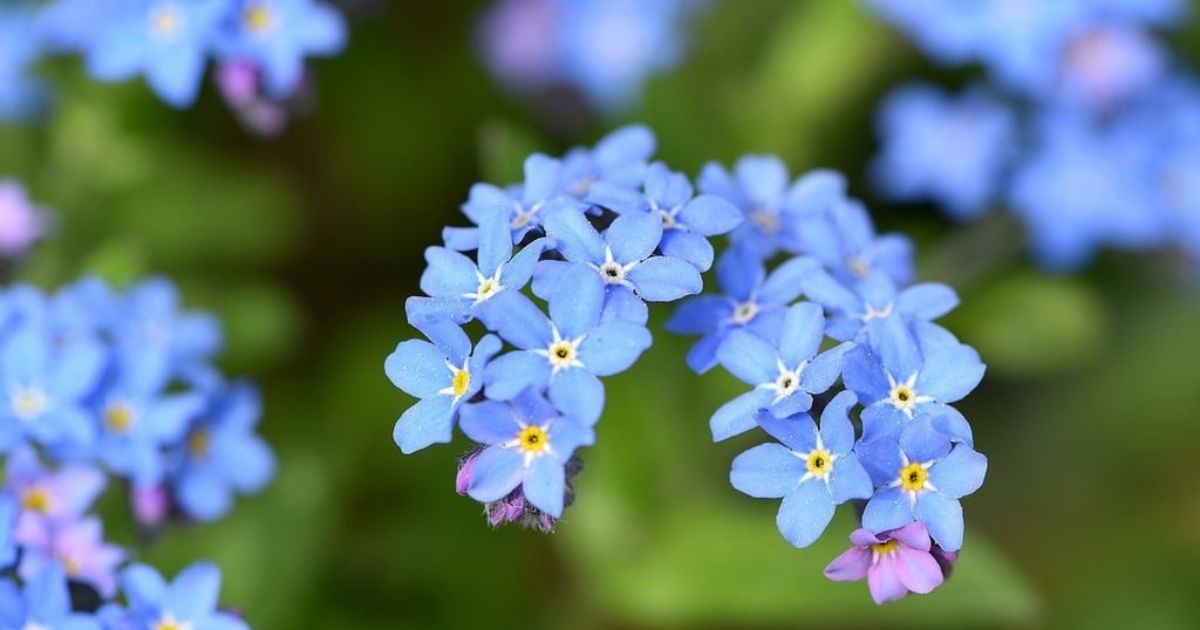
The Benefits of Mulching and How to Do It Right
Mulching is one of the most effective gardening practices, offering numerous benefits to your plants, soil, and overall garden health. Whether you’re a seasoned gardener or a beginner, mastering the art of mulching can elevate your garden’s success. This guide will explain the advantages of mulching and provide detailed instructions for applying it correctly.
What Is Mulching?
Mulching involves covering the soil around plants with a protective layer of organic or inorganic material. The primary purpose is to improve soil conditions and regulate the environment for plant roots.
Common mulch materials include:
- Organic: Bark, wood chips, straw, grass clippings, leaves, or compost.
- Inorganic: Gravel, stones, black plastic, or landscape fabric.
Benefits of Mulching
1. Retains Soil Moisture
Mulch reduces evaporation by acting as a barrier, keeping the soil consistently moist. This is especially beneficial during hot summer months.
2. Prevents Weed Growth
A thick layer of mulch blocks sunlight from reaching weed seeds, preventing them from germinating and competing with your plants.
3. Regulates Soil Temperature
Mulch insulates the soil, keeping it cooler in summer and warmer in winter, which helps protect plant roots from extreme temperature fluctuations.
4. Improves Soil Health
Organic mulch materials decompose over time, enriching the soil with nutrients and promoting beneficial microbial activity.
5. Reduces Soil Erosion
Mulch protects the soil surface from heavy rains and strong winds, preventing erosion and nutrient runoff.
6. Enhances Garden Appearance
A well-mulched garden looks neat and polished. Organic mulches like bark or wood chips can complement your landscaping design.
7. Prevents Soil Compaction
Mulch reduces the impact of foot traffic and heavy rains, maintaining a loose soil structure for better root penetration and aeration.
8. Minimizes Pests and Diseases
Certain mulch types, such as cedar or pine, can repel pests. Additionally, mulch reduces soil splashing, which can spread fungal diseases to plants.
How to Mulch Correctly
Step 1: Choose the Right Mulch
- Organic Mulches: Best for flower beds, vegetable gardens, and around shrubs. Examples include bark, straw, or compost.
- Inorganic Mulches: Ideal for walkways, driveways, or areas with decorative landscaping. Examples include stones or landscape fabric.
Step 2: Prepare the Soil
- Remove Weeds: Clear the area of existing weeds to prevent them from growing through the mulch.
- Loosen the Soil: Use a garden fork or trowel to aerate the soil, ensuring better water and nutrient absorption.
- Apply Fertilizer or Compost: If needed, enrich the soil before applying mulch to boost plant health.
Step 3: Apply the Mulch
- Determine Thickness:
- Apply 2-3 inches of organic mulch for flower beds and gardens.
- Use 3-4 inches for coarse materials like bark or wood chips.
- Avoid Mulch Volcanoes: Do not pile mulch against tree trunks or plant stems. Leave a 1-2 inch gap to prevent rot and pest issues.
- Spread Evenly: Distribute mulch in a uniform layer, ensuring consistent coverage.
Step 4: Maintain the Mulch
- Replenish as Needed: Organic mulches decompose over time. Reapply as necessary to maintain the desired thickness.
- Monitor for Pests: Check for signs of pests, especially with organic mulch. Address infestations promptly.
- Avoid Over-Mulching: Too much mulch can suffocate roots and hinder water penetration.
Special Tips for Mulching
- Use Seasonal Mulches
- In winter, apply straw or hay for extra insulation.
- In summer, use lighter materials like grass clippings or shredded leaves.
- Match Mulch to Plant Needs
- Acid-loving plants like azaleas and blueberries benefit from pine needle mulch.
- Compost works well for vegetable gardens, providing nutrients throughout the growing season.
- Combine Mulch with Landscape Fabric
For long-term weed control in decorative beds, lay down landscape fabric before applying inorganic mulch like stones or gravel.
Common Mulching Mistakes to Avoid
-
Over-Packing Mulch
Compressing mulch too tightly can limit air and water flow to plant roots. -
Using Contaminated Mulch
Avoid mulch containing weed seeds or chemicals that could harm plants. -
Ignoring Mulch Decomposition
Neglecting to replenish organic mulch can leave your soil exposed and vulnerable to weeds and erosion. -
Skipping Soil Preparation
Mulching over weeds or compacted soil reduces its effectiveness.
Mulching FAQs
1. How often should I mulch my garden?
Reapply mulch annually or as needed, depending on the material used and its decomposition rate.
2. Can I use fresh wood chips as mulch?
Fresh wood chips can deplete nitrogen as they decompose. Compost them first or use them sparingly around trees and shrubs.
3. Is it okay to mulch over wet soil?
Avoid mulching over waterlogged soil, as it can trap excess moisture and lead to root rot.
4. What is the best time to mulch?
Mulch in spring after the soil has warmed, or in fall to insulate plants for winter.
Mulching is an invaluable gardening practice that improves soil health, reduces maintenance, and enhances plant growth. By following these steps and avoiding common pitfalls, you can enjoy the many benefits of mulching and maintain a thriving, beautiful garden year-round. 🌱



